GreatBirdPic’s Bird Picture Quality Self-Assessment Rubric (QSAR) includes five Image Characteristics that define how good a bird photograph is. The first and perhaps most important of the Image Characteristics is Technical Quality. Technical Quality is broken down into five Components: Focus, Exposure, Lighting, Color Contrast, and Technical Flaws. We will define each of these Components, explain the Levels of Quality for each, show how each Level Of Quality tracks to one or more of the Four Types of Bird Photograph, and use bird photographs to illustrate each point. Unless otherwise noted, all bird photographs were taken by Mike Warner. Clicking on the image will NOT take you to its Image Entry screen. We begin with the first Component of Technical Quality – Focus.
Focus is perhaps the most important Component of QSAR – if the photographer can’t obtain focus on the bird then the overall image quality will be very low. There are many factors that can influence the focus of an image: a branch or leaf may have been captured by the camera’s Autofocus instead of the bird; the depth of field (determined by the aperture) may be so narrow only a portion of the bird in focus; movement of the bird or if the camera was not held still when the shutter was depressed the image will be blurred (not technically a focus issue the but the result is similar). Below is the Focus Component of the QSAR:
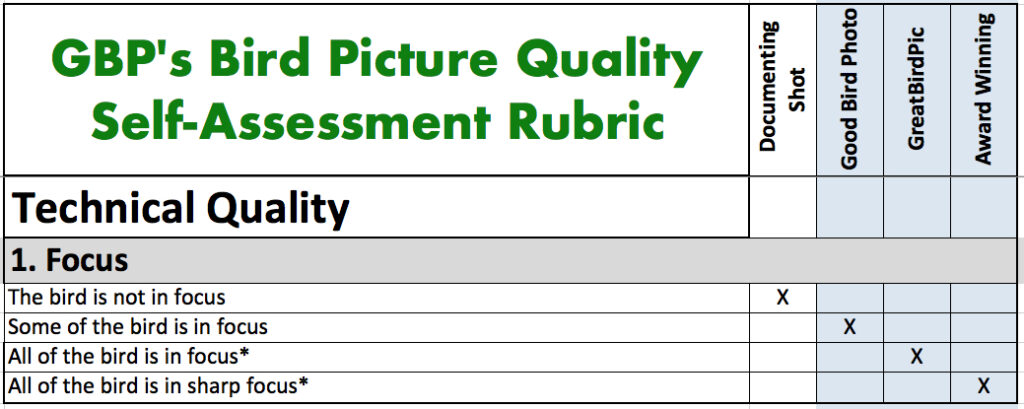
As you can see Focus contains four Levels of Quality, which are each defined and illustrated below. Before we begin, a word about the asterisks (*) on some of the Levels of Quality. Whenever there is an asterisk at the end of a Level of Quality it means that the photograph may also be placed in another of the Four Types of Bird Photograph other than the one indicated on the chart. For example the last Level of Quality is, “All of the bird is in sharp focus* “. The photographer may decide from an artistic point of view that the image looks better if only the head is in sharp focus. The asterisk means that even though the image doesn’t fit that criteria exactly it can still be considered an Award Worthy bird photograph.
Let’s look now at the four Levels of Quality for Focus:
The bird is not in focus = Documenting Shot
Perhaps a leaf is in focus or the branch the bird is sitting on is in focus but not much of the bird is in focus – obviously not a very good bird picture. Images like this would be classified as a Documenting Shot (one of the Four Types of Bird Photograph identified by the QSAR). In the first example below, I took this picture through my car window of a rare (for this area) Cattle Egret and nothing is in focus. I wanted a Documenting Shot of the bird for my files and eBird.
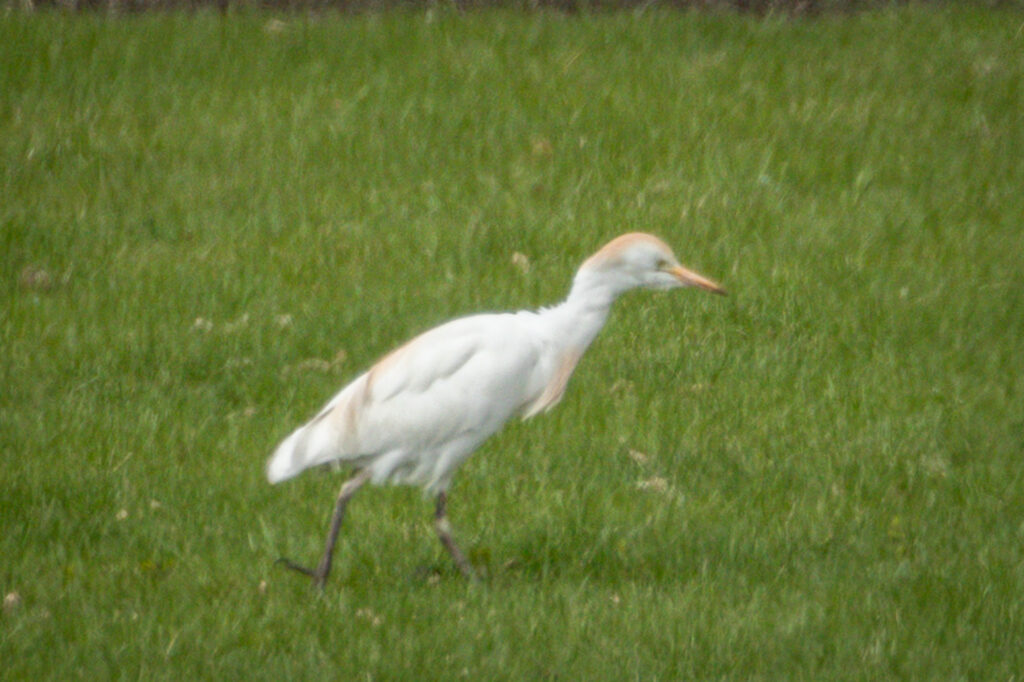
In our second example the bird is not technically “out of focus” but it is blurred due to its motion. The nest is in focus but the bird is not – a Documenting Shot.
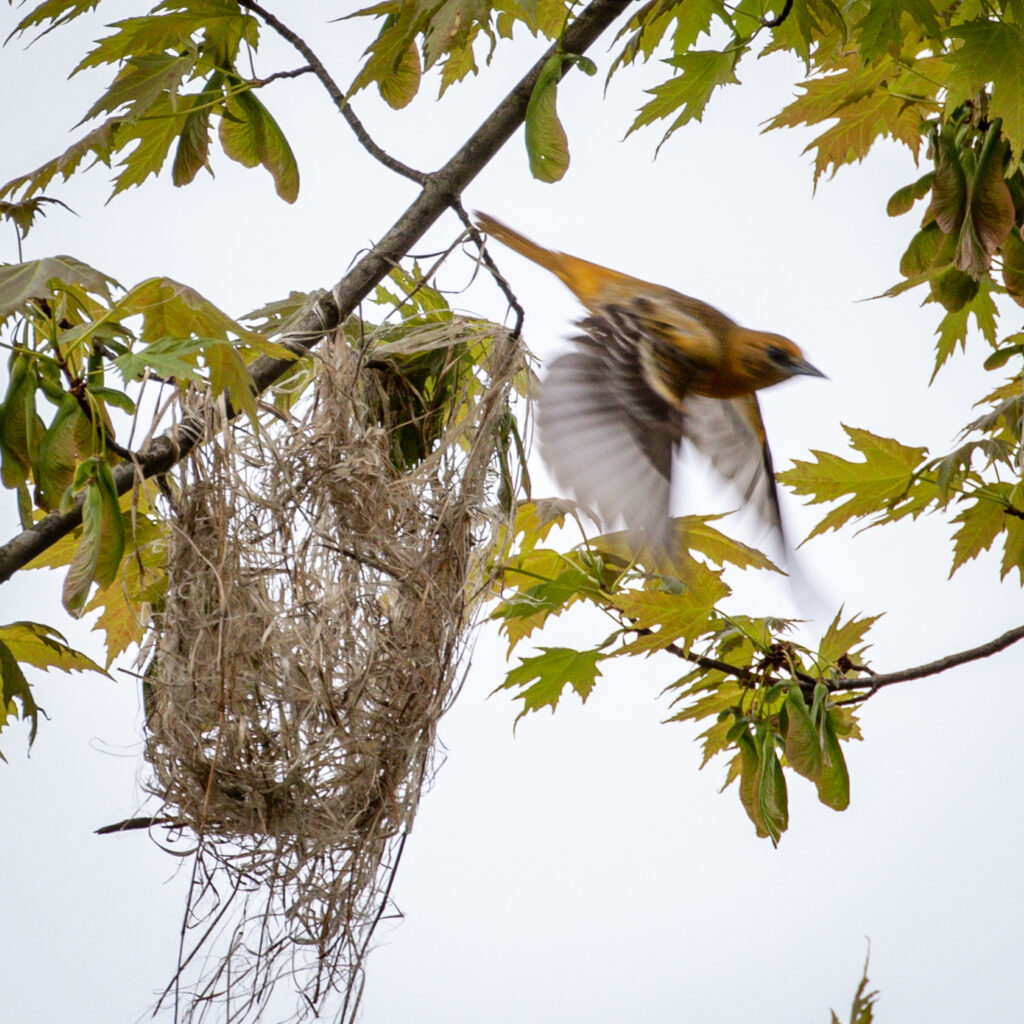
Some of the bird is in focus = Good Bird Photo
For a variety of reasons some of the bird in an image may be in focus and other parts not in focus. When this occurs the image would be deemed a Good Bird Photo. In our first example below, the male Wood Duck is in good focus, yet due to a narrow depth-of-field the female is completely out of focus.
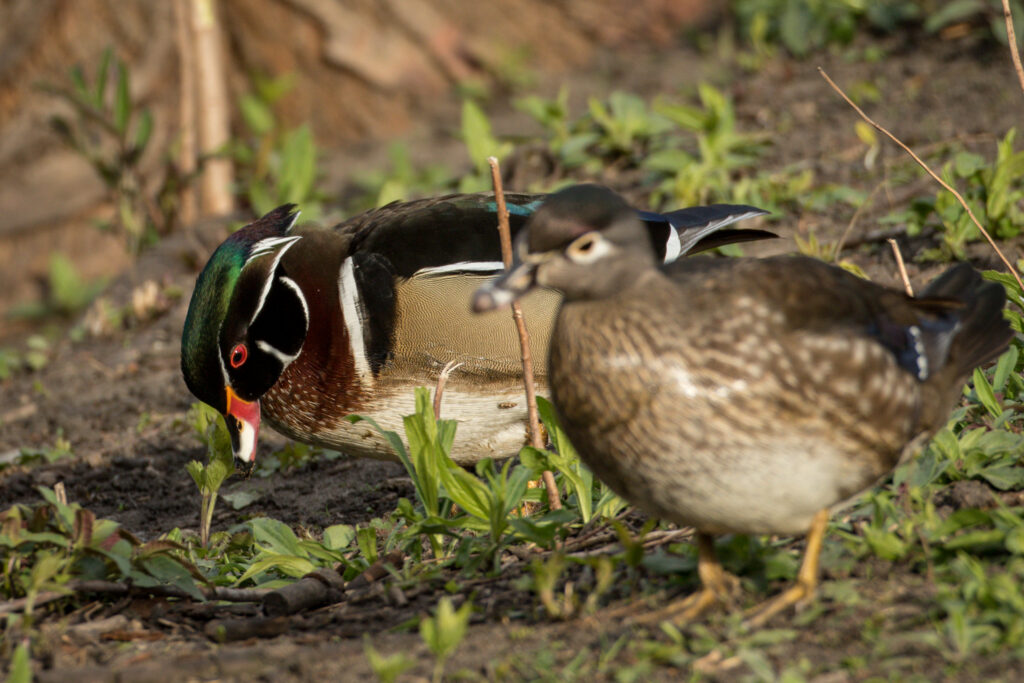
Below we clearly see most of the Northern Parula’s field marks (green patch on back, white wing bars, etc). However the head is not in focus, either due to movement or a narrow depth-of-field. A Good Bird Photo.
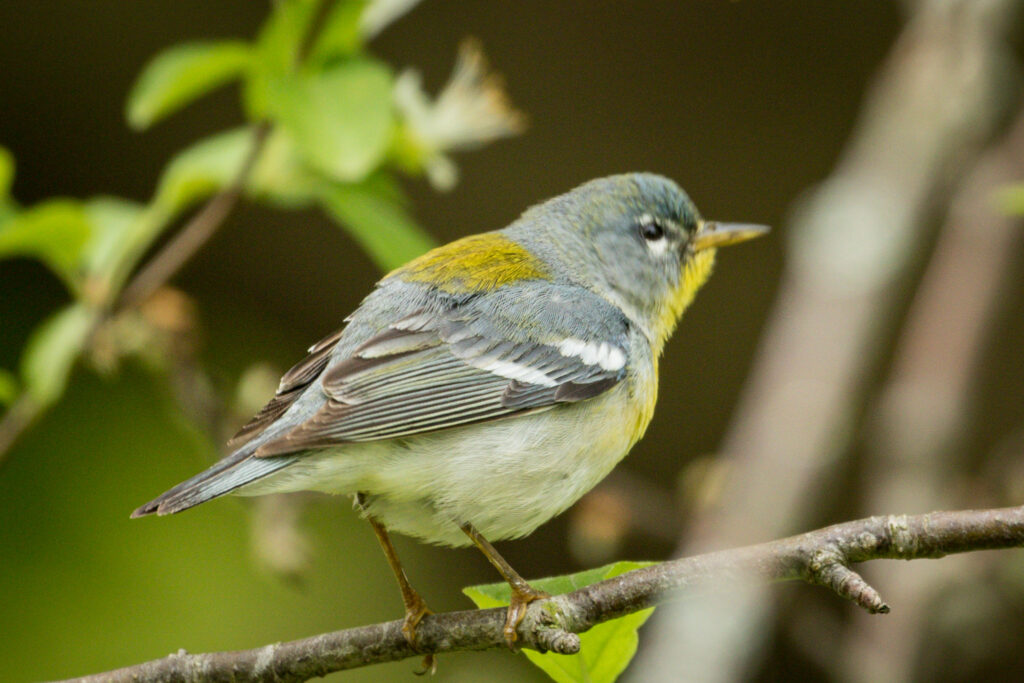
All of the bird is in focus* = GreatBirdPic
If you get all of the bird in focus, congratulations! Sometimes it’s pretty hard to get that. Notice the asterisk here; as noted above an image may not meet this rule exactly, yet it can still be a high quality bird photograph. So even if all of the bird is NOT in focus, it can still be considered a GreatBirdPic or even an Award Worthy type of bird photograph. Our first example below shows a Solitary Sandpiper in pretty good focus. You can make out some of the detail in the feathers, although it’s not tack sharp – A GreatBirdPic.
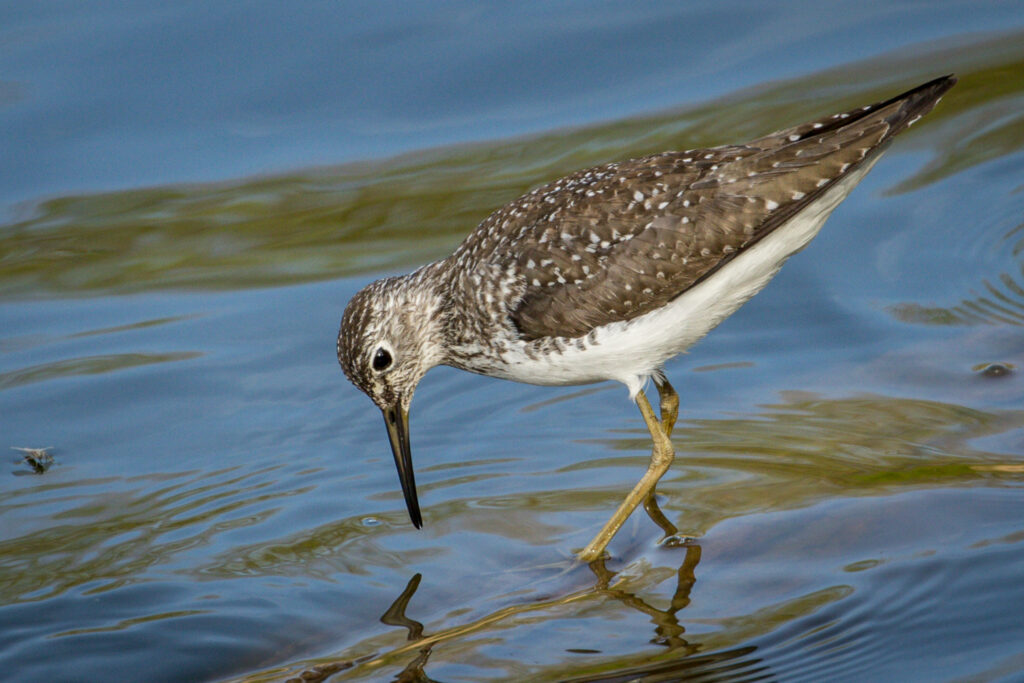
Here’s another shot of a Northern Parula. In this one, all of the bird is in focus making it a GreatBirdPic.
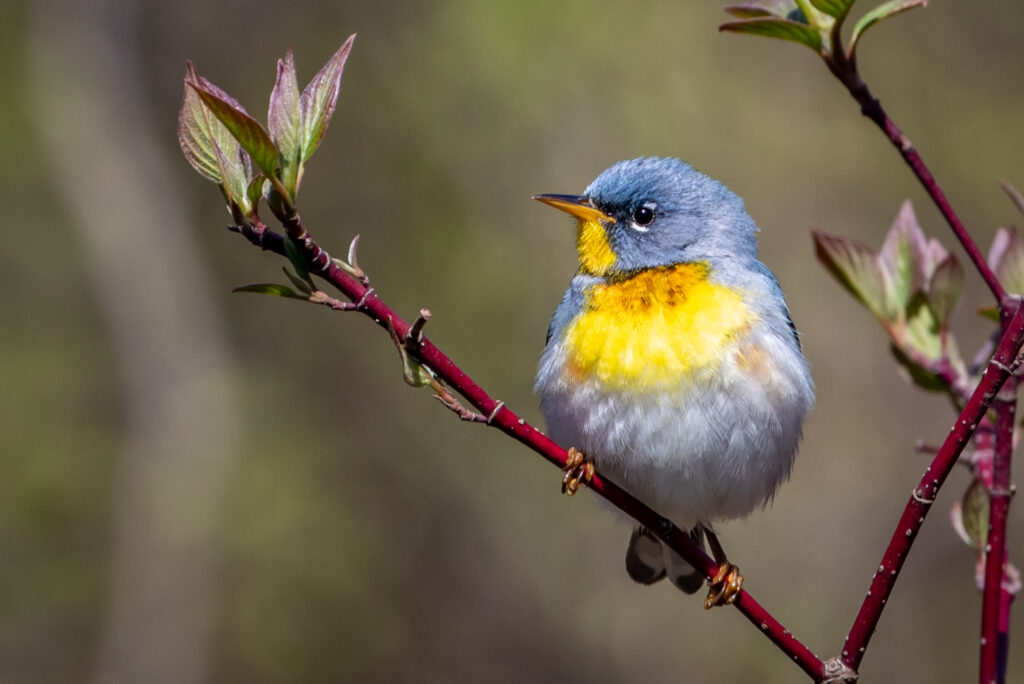
Next are a couple of images that illustrate the asterisk (*) for this Level of Quality. In the first one, the head, feet, and back are all in focus yet, due to a narrow depth-of-field, the tail is not in focus. Even so, it is still worthy of a GreatBirdPic designation.
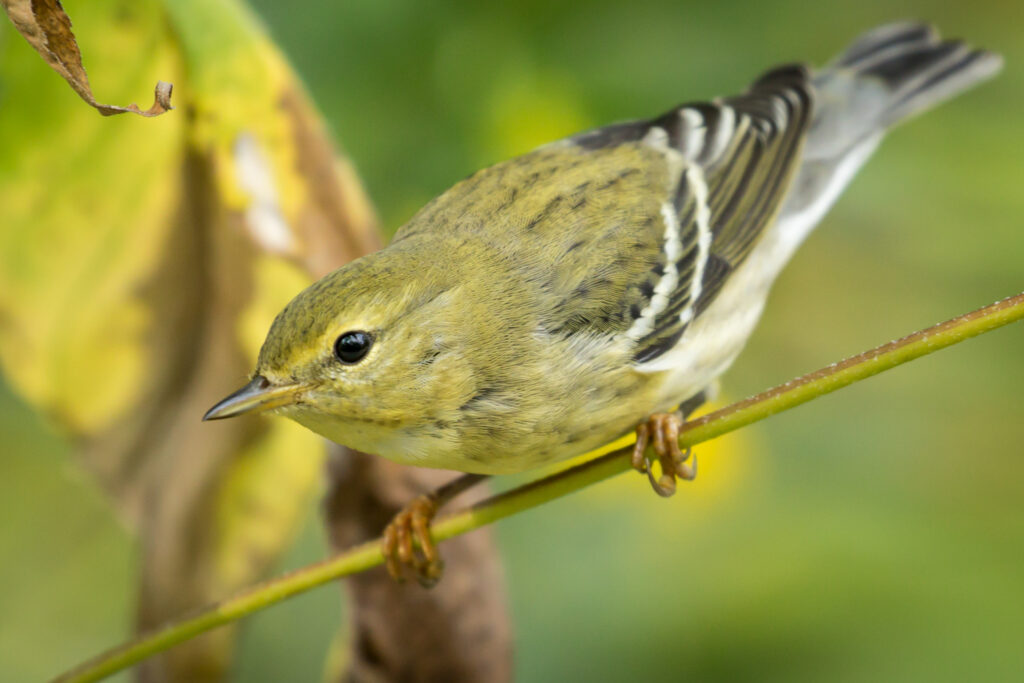
Below is a closeup of a Virginia Rail. The closeup leaves out parts of the lower body, but the head and breast of the bird are in good focus. It does not meet the criteria for this Level of Quality exactly; since the asterisk gives us some wiggle room it is still considered a GreatBirdPic.
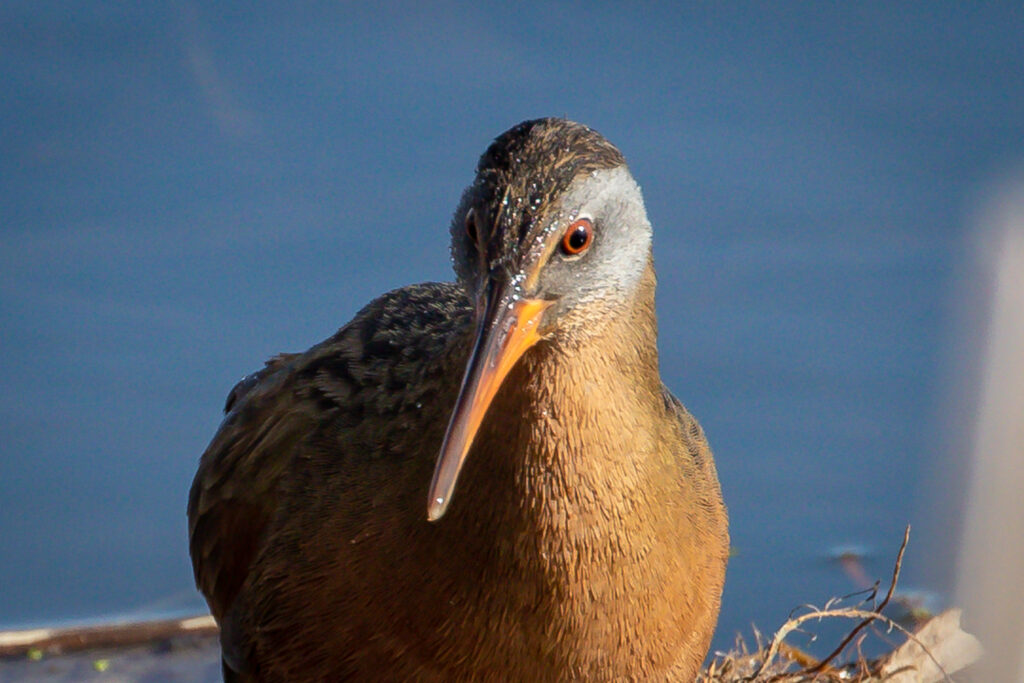
All of the bird is in sharp focus* = Award Worthy
Let’s face it, there is focus and there is sharp focus and you can see the difference. When a bird is in sharp focus you can see every detail of the bird. Again the asterisk gives the photographer some latitude in how much of the bird is in “sharp focus.” In our first example below both the Snowy Egret and the Roseate Spoonbill are in sharp focus as they cross paths in the lake. The second example shows a Semi-palmated Sandpiper feeding along the rocks as the waves splash up. Everything is in sharp focus.
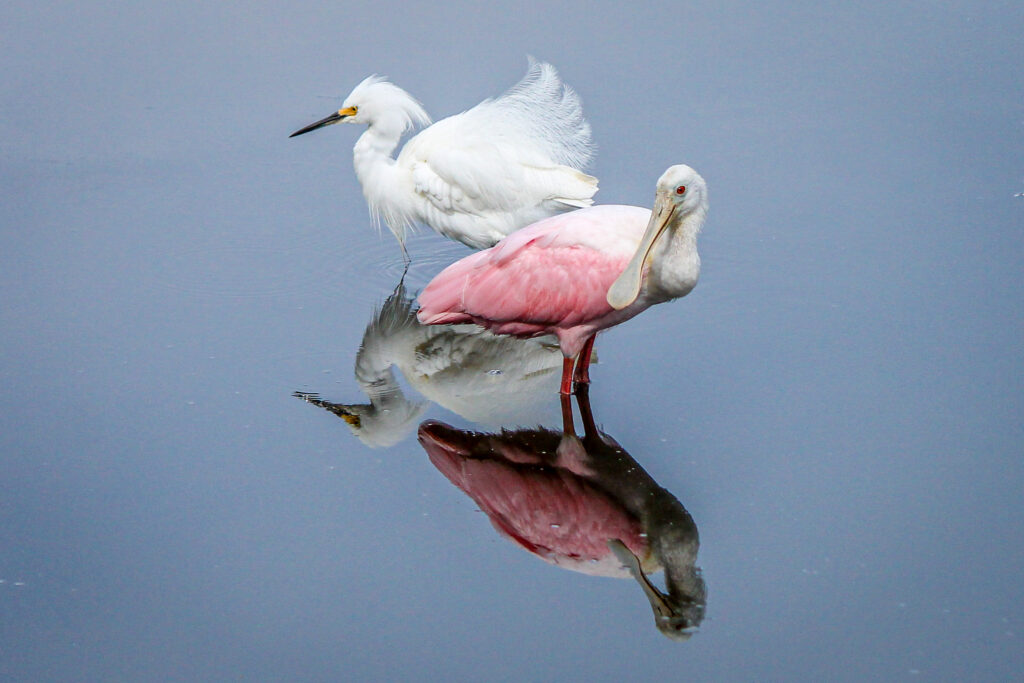
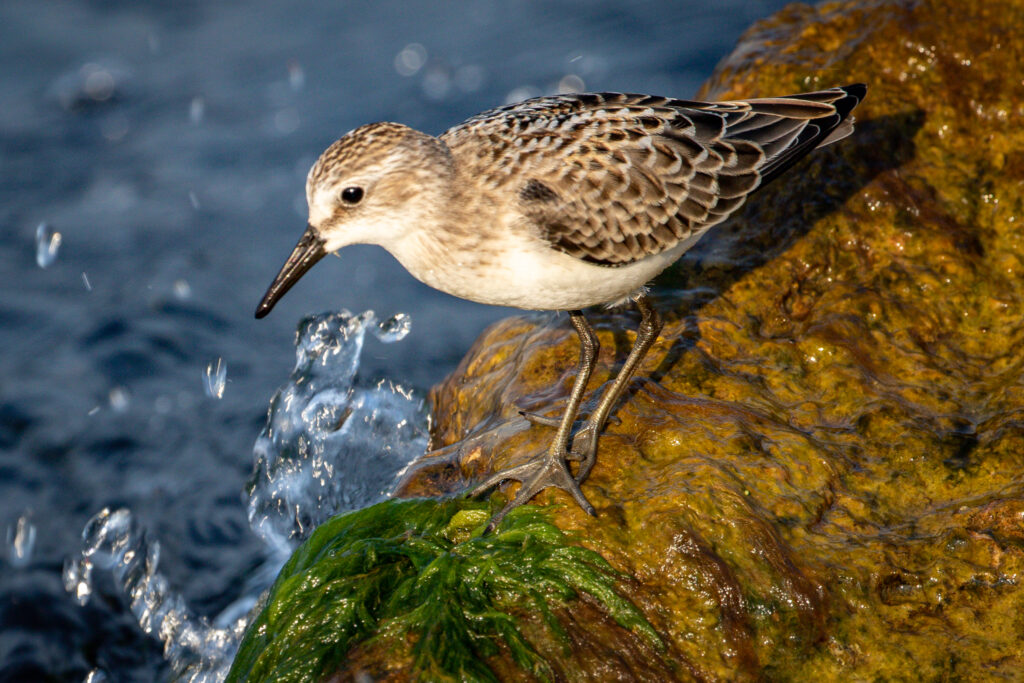
One example with the asterisk at this level. Emil Baumbach captured this Award Worthy image of a Great Blue Heron feeding. It doesn’t show “All of the bird…” but it doesn’t need to.
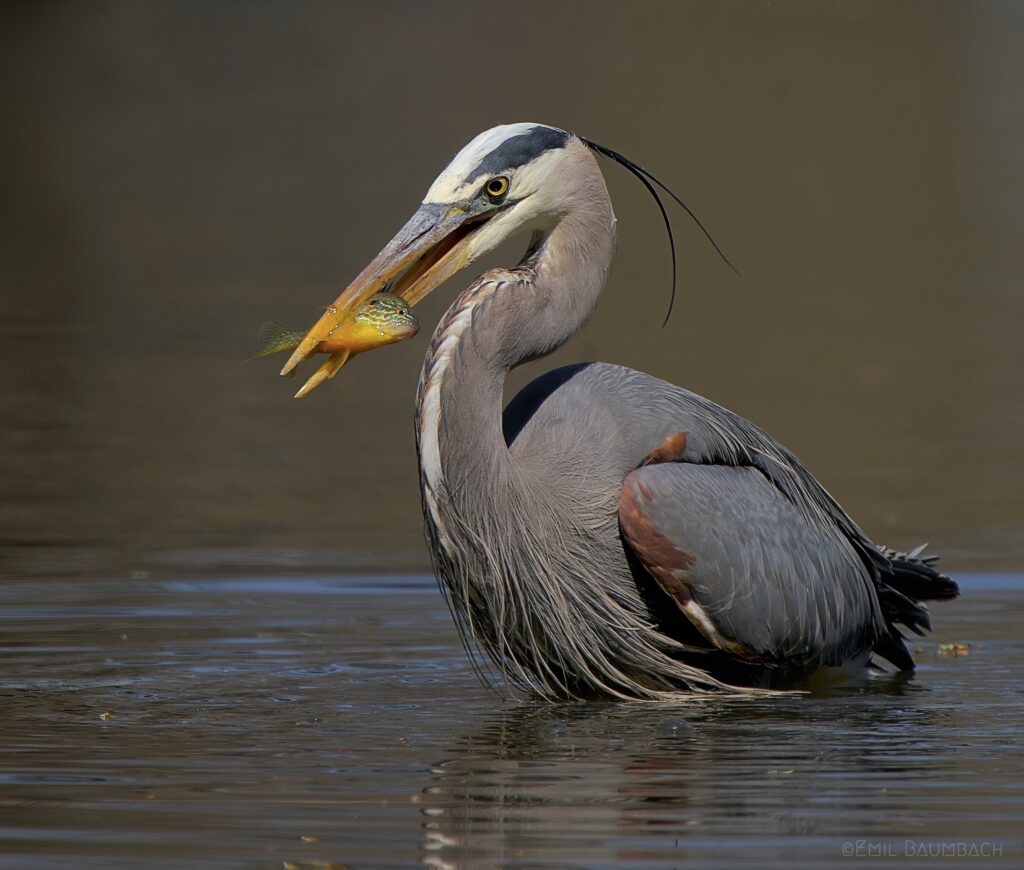
Just remember that the Levels of Quality are not hard and fast rules but are generally mapped one of the Four Types of Bird Photograph.
Next we will define and illustrate the Exposure and Lighting Components of Technical Quality.